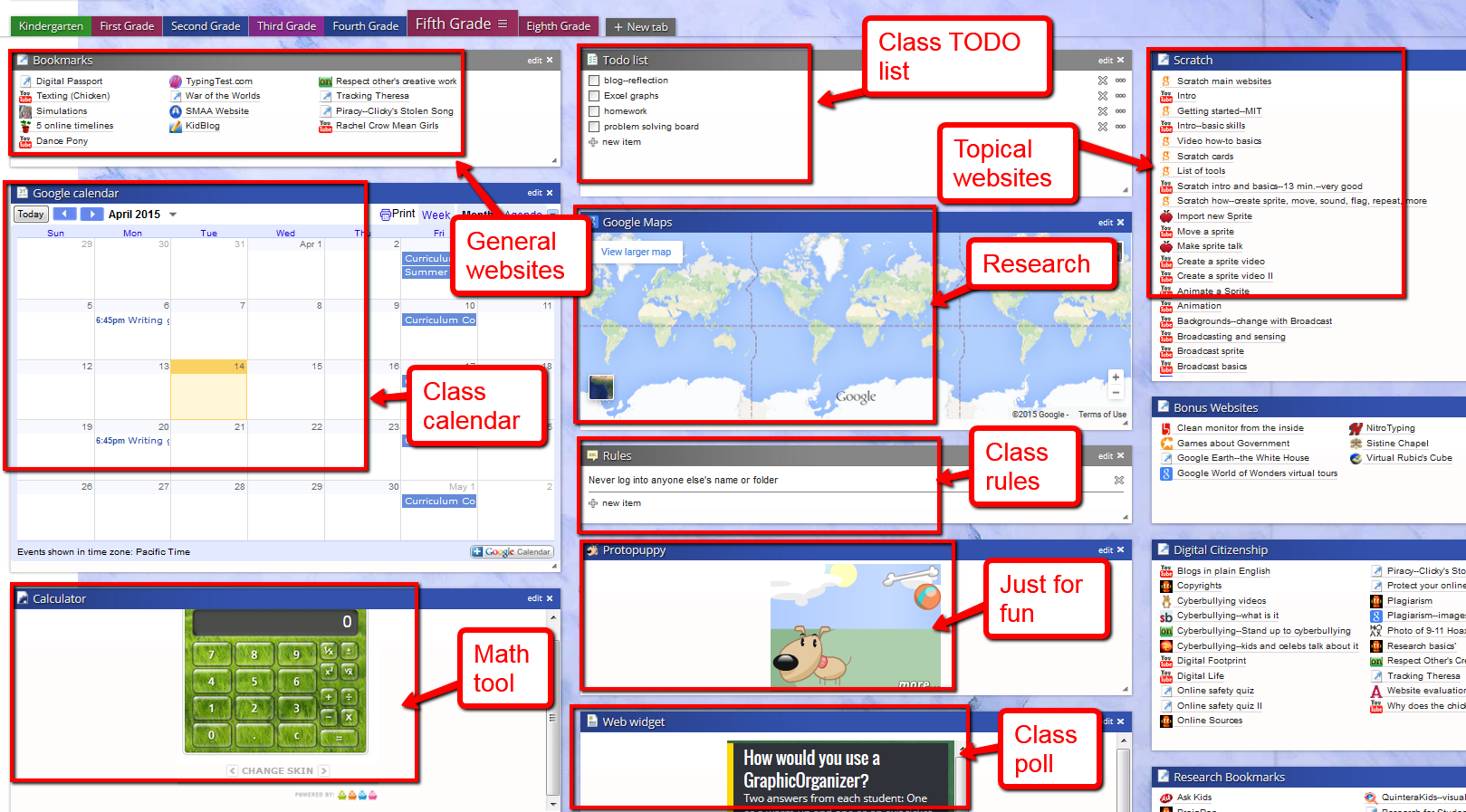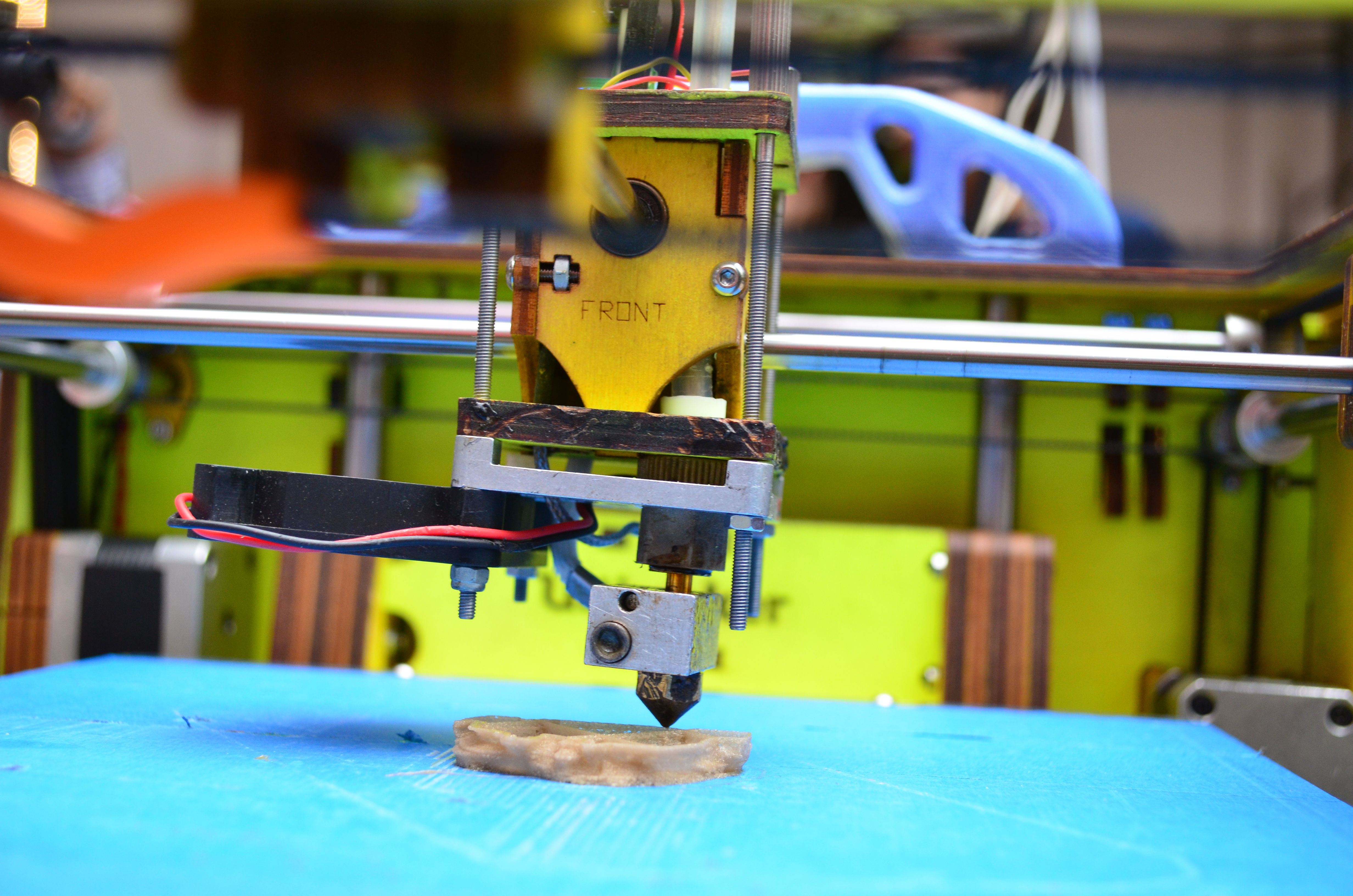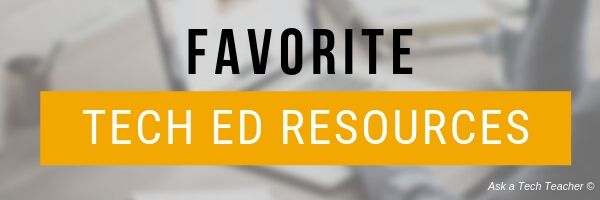Here’s the complete overview on the role of assistive tech in encouraging inclusivity in education:
- What does that mead?
- What are the benefits?
- What are the drawbacks?
- What types are available?
- How do you create one in your class or school?
The Role of Assistive Technology in Promoting Inclusive Education
Persons with disabilities may struggle with coordination problems, short attention spans, and limited mobility, which may or may not be obvious. Some disabilities include blindness, deafness, dyslexia, and autism. Whether the symptoms are apparent or not, these disabilities can affect their cognitive and learning processes.
As such, students with disabilities typically struggle with vision or hearing impairments, attention issues, organization problems, and difficulty recognizing words. These symptoms can make it challenging for them to read, write, understand information, and communicate.
In the US, the Individuals with Disabilities Education Act (IDEA) served around 7.3 million students with disabilities for the school year 2021 to 2022. Among the services they provide is guidance on assistive technology in schools.
With millions of students with disabilities, as a teacher—whether new or seasoned—you must understand the purpose of assistive technology. So, how can this technology help you promote an inclusive classroom for students with disabilities? Let’s find out below.
Understanding Assistive Technology
Assistive technologies are software or hardware systems with technical components that enhance the learning capacities of students with disabilities. They aim to support students’ engagement and communication so they can understand lessons and adapt to their learning environments efficiently. Examples include high-tech tools like alerting devices and low-tech ones like Braille and pencil grips.
Assistive technology enables you to provide an inclusive way for students with disabilities to learn, which includes:
- Delivering information through approaches that are appropriate to the learners’ needs
- Optimizing interactions with the curriculum and environment
- Establishing an accessible avenue for students to demonstrate their understanding of the lessons
Benefits of Assistive Technology in Education
Assistive technologies offer many benefits for students with disabilities. Here’s what your students can achieve in an inclusive classroom that provides these devices:
Enriches communication
Various assistive technologies support hearing, reading, and writing, enriching communication between you and students with deafness, hearing loss, language disorder, or speech impediment. These devices enable students to write and express themselves clearly and more efficiently. They can also make daily tasks easier for students with disabilities.
Enhanced communication through assistive technologies can make it easier for students with disabilities to ask questions, participate in discussions, and seek assistance when needed. They can also clearly present their thoughts, arguments, and understanding of the lectures because they express themselves better.
Enhances academic performance
Assistive technologies help students with disabilities achieve their academic goals. These tools have features that support focus and organization for better classroom engagement. They can also help students develop peer relationships to improve self-esteem and social skills, which contribute to enhancing academic performance.
For example, students with dyslexia can use a text-to-speech tool to improve their reading comprehension. Similarly, expressing themselves efficiently with assistive technologies can improve their grades on exams, papers, and presentations, resulting in good academic performance.
Moreover, combining traditional methods—like math printables—with assistive technologies can provide visual aids that are easy to understand, particularly for visual learners.
Promotes independence
Students with disabilities can acquire skills that empower their independence through assistive technology. With access to the right tools, they can have a sense of control over their lives and learning environments. This way, they maximize their skills and potential while feeling happy, secure, and comfortable.
For instance, assistive devices can allow students to make significant choices independently, so you avoid doing everything for them. You allow them to decide on something they can work hard and focus on.
Consequently, you establish teaching methods that adapt to their learning abilities and capacities. Over time, you’ll learn to make adjustments to build your students’ skills and independence.
Types of Assistive Technology Tools for Education
Assistive technology has different types of devices based on specific use. Examples include:
Vision
- Screen reading software
- Text-to-speech software
- Magnifiers
- Talking devices
- Braille displays
- Electronic devices with large tactile buttons (e.g., phones and tablets)
Hearing
- TV listening systems
- Mobile devices with messaging and specialized apps
- Augmentative and alternative communication devices (AAC)
Speech
- Communication boards
- Fluency assistance tools
- Speech-generating devices (SGDs)
- Voice amplifiers
Cognition
- Audiobooks
- Text-to-speech software
- Reminder and note-taking tools
- Memory aids
Mobility (seating and positioning)
- Wheelchairs
- Walkers
- Transfer boards
- Adaptive seating systems
The Drawbacks of Assistive Technology
While assistive technologies benefit students with disabilities, many still don’t have access to these devices. Some of the potential contributing factors to this lack of access include:
Lack of support and training
Adopting assistive technologies requires training and proficiency. Without proper training, teachers might be unfamiliar with their features or not know how to use them correctly. It can lead to underutilization that doesn’t maximize the potential benefits these devices can offer students with disabilities.
Furthermore, even trained faculty may find it challenging to troubleshoot unexpected issues or maintain the devices with the latest updates without adequate support. While training provides the foundation, continuous support ensures reliability and longevity for the effective use of assistive devices in schools.
Unpleasant staff behavior
Staff attitudes and behaviors are crucial in the successful adoption of assistive technologies. Unfortunately, some teachers may perceive that assistive devices aren’t necessary or give an unfair advantage to students who use them. A lack of understanding, misconceptions, or resistance to change can cause these unpleasant behaviors.
When teachers don’t value assistive technologies, they may be unenthusiastic in promotion or hesitant to invest their time and resources in using them. Consequently, this can affect access to essential learning tools, devices, or materials to help students with disabilities learn and understand discussions better.
Inadequate funding
Assistive technologies are investments. The costs involve acquiring, maintaining, and updating. Some educational institutions have budget constraints, which can force them not to prioritize assistive devices. Consequently, inadequate funding makes assistive tech unaffordable, particularly the latest and most effective devices.
Although funds are sometimes available, some schools may be unable to allocate the budget accordingly due to a lack of comprehension of the needs of their students with disabilities.
Procurement and management difficulties
The procurement process can be challenging even when funds are available. Shopping through different vendors, understanding specifications, and ensuring compatibility with the existing technologies can be confusing and time-consuming.
Additionally, management is another challenge after procuring the technologies. Schools must ensure the devices are in good working order by monitoring usage, updates, and replacements. These hindrances may make it challenging for schools to manage assistive technologies.
Time limitations
Time commitment is paramount to assistive technologies. Training, setup, and seamless integrations all require time. Educational institutions with loaded tasks or hesitant to devote time to device procurement, setup, training, and maintenance are more likely to opt out of assistive technologies.
Moreover, staying updated with the latest assistive technologies requires constant learning, which can be challenging to keep up with due to other academic and administrative work.
Insufficient planning and student assessments
Assistive tech implementations also require thorough planning and student assessments. Schools may not establish a clear roadmap to integrate assistive devices into their curriculums, training, and classrooms without comprehensive planning.
Concurrently, insufficient student assessments can result in deploying tools that aren’t efficient, effective, and suitable for students with disabilities. This is why proper planning and assessments are necessary so you can scale the devices and use them according to the needs of your students.
Establish an Inclusive Learning Environment With Assistive Technology
Assistive technologies are valuable devices that enable students with disabilities to access similar learning experiences with other learners. Thanks to these tools, you can establish an inclusive classroom for your students.
With proper implementation and maintenance, teachers like you can develop teaching approaches that combine these devices with traditional methods to maximize efficiency in discussions and interactions.
Here’s the sign-up link if the image above doesn’t work:
Jacqui Murray has been teaching K-18 technology for 30 years. She is the editor/author of over a hundred tech ed resources including a K-12 technology curriculum, K-8 keyboard curriculum, K-8 Digital Citizenship curriculum. She is an adjunct professor in tech ed, Master Teacher, webmaster for four blogs, CSTA presentation reviewer, freelance journalist on tech ed topics, contributor to NEA Today, and author of the tech thrillers, To Hunt a Sub and Twenty-four Days. You can find her resources at Structured Learning.






































